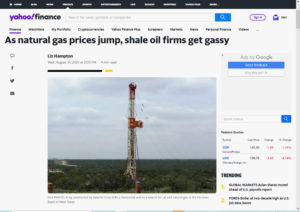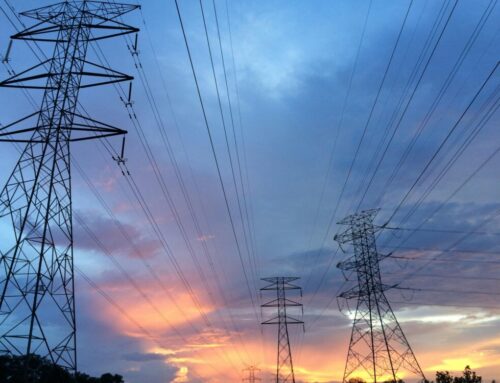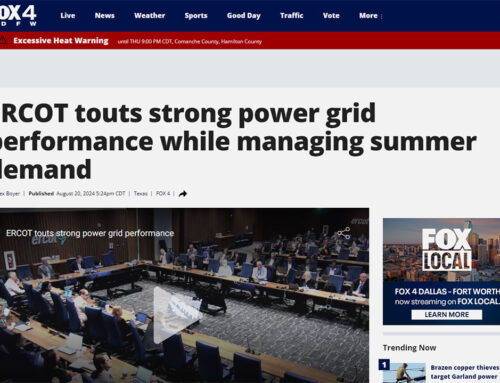Article by Liz Hampton published on

As natural gas prices jump, shale oil firms get gassy (finance.yahoo.com)
(Reuters) – Natural gas a few years ago was so unwanted that U.S. shale oil producers sold it at cost just to pump more oil. Today, prices are near 14-year highs, and new export terminals are rising along with production forecasts.
The result is an earnings bonanza for companies that once shunned the fuel as an annoying by-product. U.S. benchmark natural gas prices in late August topped $10 per million British thermal units (mmBtu), a level not seen since 2008, and the boom-bust cycles from North American demand appear to have been broken amid surging exports.
The U.S. fuel has become key to Western Europe cutting its reliance on Russian gas. Liquefied gas exports this year have averaged 11.5 billion cubic feet per day, up 18% year-over-year. There are at least four new export projects under construction and nearly a dozen others aiming for financial approvals by 2023. Most of the projects will not add to output for years.
“Two or three years ago, oil companies would not even set a hand in natural gas… it was a negative, it was a nuisance, but it’s not today,” Jay Allison, chief executive of shale producer Comstock Resources, said at a conference in Denver in August.
CASHING IN
The largest U.S. independent oil producer, ConocoPhillips, reported last quarter that it sold natural gas for an average $10.15 per million cubic feet, up 143% from a year ago. The company does not break out profit contribution from gas.
Chesapeake Energy, which in 2019 spent nearly $4 billion to buy an oil-producer, now plans to sell that property and become a pure-play gas company. It is adding two drilling rigs in the Haynesville gas field and recently signed an agreement to deliver the fuel to Golden Pass LNG, a proposed LNG exporter.
Companies like Conoco that do not hedge gas production are getting the benefit of strong U.S. prices, said Matt Hagerty, a senior analyst for market researcher BTU Analytics, a FactSet company. Hedging is when companies sell future production at fixed prices, which can be lower in a rising market.
BTU has raised its forecast for 2022 gas production for four straight months, with its current outlook 365 million cubic feet per day (mmcfd) higher than April’s view, while holding its 2022 oil outlook flat.
Not all companies will cash in. Producers including CNX Resources and Southwestern Energy hedged about 60% of their 2022 production, placing a ceiling of around $3 per mmcf. They can either pay to close those hedges, if able, or risk missing out on the price gains, Hagerty said.
U.S. shale gas production is projected to reach 93.84 billion cubic feet per day (bcfd) in September, up 6.715 bcfd from a year ago, according to the Energy Information Administration. This includes year-over-year volume increases in the three largest fields of 2.6% in Appalachia, 7% in Permian and 13.9% in the Haynesville shale fields.
MORE INVESTMENT
The gains could continue. APA Corp in August said it moved a rig into a West Texas gas field and began drilling again. Three months earlier, it said the field was unlikely to get additional resources. Conoco also said it plans to increase exposure to natural gas, and invest in two LNG projects.
High prices are helping revive asset sales in U.S. gas fields. Exxon Mobil this month said it is selling its Fayetteville shale properties after finding a buyer for North Texas gas that had been on the market for at least a year.
LNG developer Tellurian in July moved to expand its gas holdings, spending $125 million on land to feed a proposed Louisiana export plant. This week, Cheniere Energy disclosed plans to expand its Corpus Christi LNG plant, a move that will take years to complete.
“Natural gas is far, far from a waste product,” said Joel Moxley, chief executive at GPA Midstream Association, whose members are seeing a boost from higher volumes on their gathering and processing systems.
“They are making a lot of money at these prices,” he said, referring to natural gas producers. The growth will require more pipelines to avoid transportation constraints, he said.
Another change: U.S. gas prices increasingly are set by global demand – not domestic consumption, say experts.
“The U.S. should get used to the likelihood of high double-digit gas prices,” said Albert Lin, executive director of Pearl Street Station Finance Lab, which conducts economic analysis related to the energy sector.
(Reporting by Liz Hampton in Denver; editing by Richard Pullin)
Article by Liz Hampton published on.





